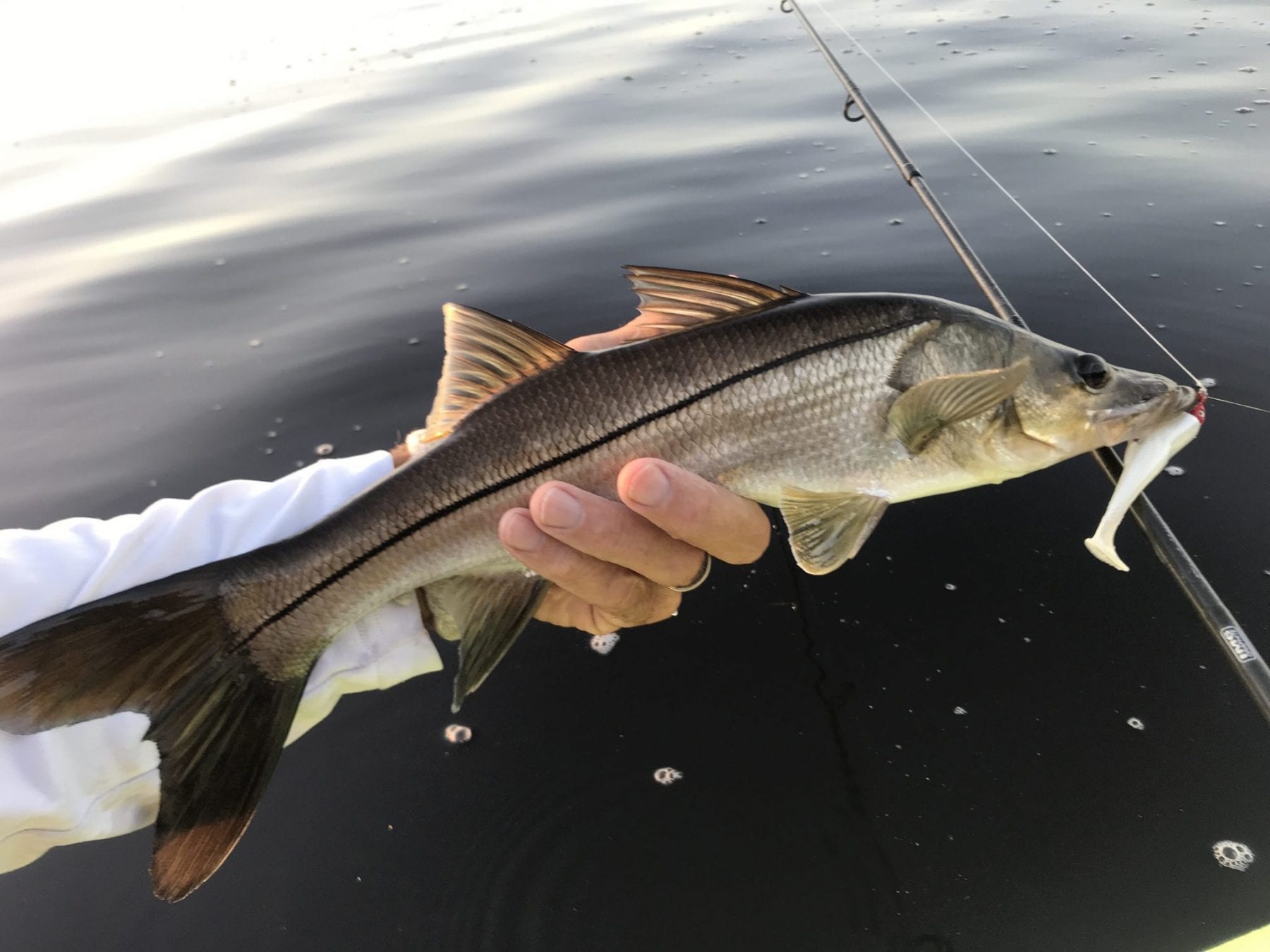by Dan Carns
There is a learning curve in kayak fishing, as in most things, and I’ve been observing this curve with many of my past clients. The curve starts with the basics; where to keep your paddle, how to handle a fish kayak side, when should we launch and where. As the months turn to years the curve starts to flatten out, as most people start to repeat the things that make catching fish successful. Part of this learning curve could be the simple act of tying knots. Don’t be intimidated by knot tying, as it will certainly increase your catch rate. Make the time to sit at your picnic table with your electronic pad open and find a knot website. Tie a couple of basic knots, choose simple knots at first, repeat them over and over until you can do it without really thinking about it.
Same is true for a particular lure, only this time sit in your kayak in your favorite fishing hole and use the same lure repeatedly until you really understand what tricks excite the fish. This could take twenty or thirty repeat visits or knot tying sessions. The point is that you must learn each and every detail in order to master this sport. Granted, you may not be nearly as fanatical or possessed by fishing as myself or others, but there is a certain level of commitment to the two sports (kayaking and fishing) if you want to be more successful.
Kayak anglers tend to be a solitary sort, but it helps to fish in a group and observe what works for other anglers. Group fishing will also shorten your learning curve, as it will expose you to places, fish species, and alternate technics that may have taken you years to learn. I’m a lifelong fisherman who struggled badly when I moved here many years ago, until I hired a guide to take my buddy Jim and I out fishing into Pine Island Sound. While we didn’t catch a lot of fish, our guide clued me in on the habitats, lures, and techniques needed to find fish, including rods, reels, and lines. At this point my learning curve looked like an arrow pointed straight up! Month after month, year after year I practiced what it took to be successful here in SW Florida until my learning curve started to flatten out a bit.
I’m lucky enough to fish with folks from around the world and find that still today I’m picking up tricks and tips. Granted, given enough time you can go it alone but if you want to shorten your learning curve, find a local outfitter (Gulf Coast Kayak), take some lessons kayaking, maybe even a water safety course, and fish in a group or hire a local guide!


